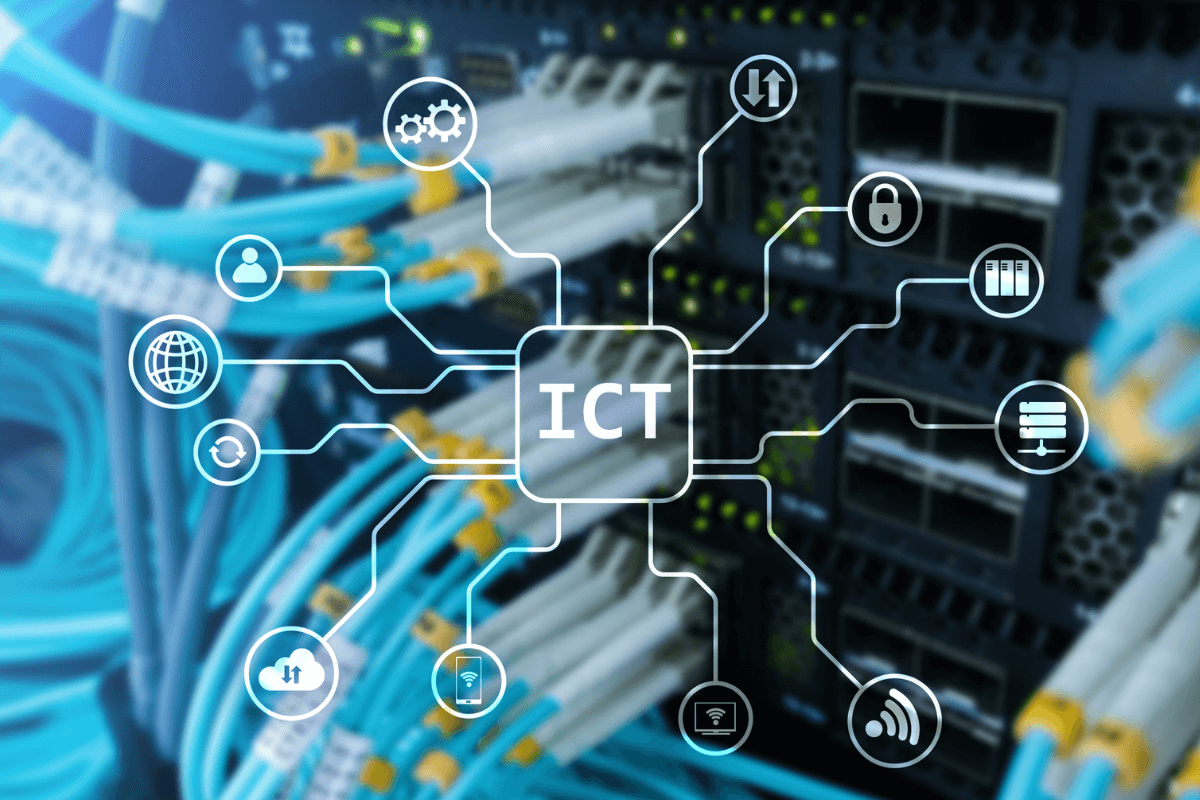This module introduces undergraduate students to the principles, processes and practices of enterprise development. It explores how new and existing enterprises are conceived, structured, managed and sustained in dynamic economic environments. Students will examine the role of enterprise development in job creation, innovation and economic growth with a particular focus on micro, small, medium (MSME) and large enterprises.
Through theoretical foundations and practical case studies, the module equips students with knowledge of entrepreneurship, business planning, resource mobilization and growth strategies. It emphasizes critical thinking, problem-solving, creativity, and ethical decision-making as essential skills for successful enterprise development. I helps students to analyze the internal and external environment of enterprises
By the end of the module, students will be able to:
(a) Understand key concepts and stages of enterprise development.
(b) Identify opportunities and constraints affecting enterprise growth.
(c) Develop basic business and strategic plans.
(d) Apply entrepreneurial skills to real-life enterprise challenges.
(e) Appreciate the role of enterprises in socioeconomic transformation.
Learning Approach:
The module combines lectures, discussions, case studies, group discussion and field-based learning to foster both theoretical understanding and practical application.
Assessment methods:
Reading, discussion , presentation and submission of written work
Individual assignment, group assignment, CAT and final exam

